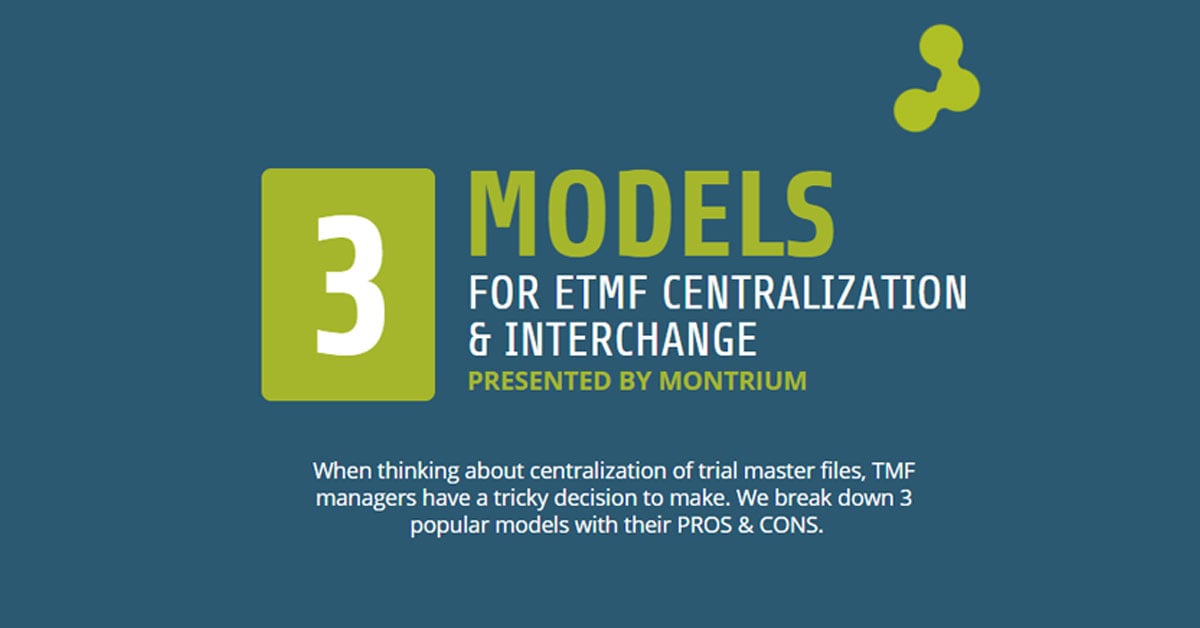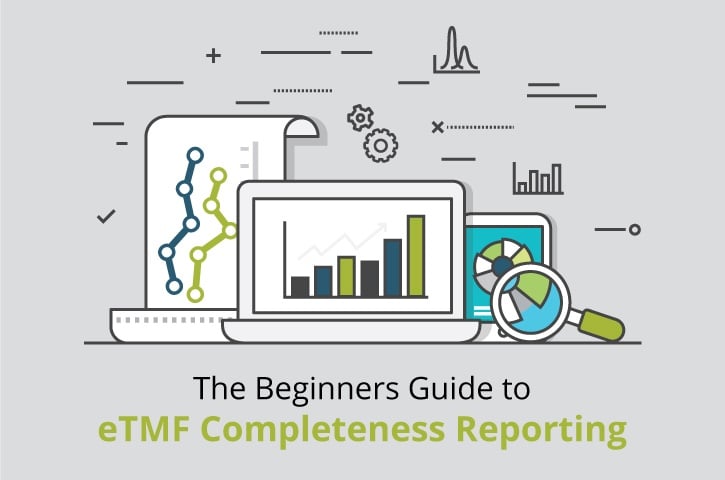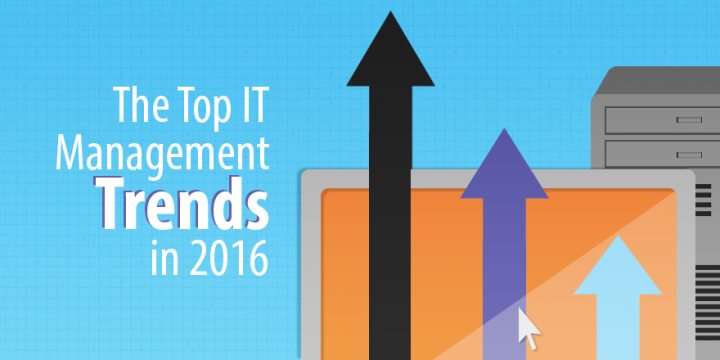
If you're involved in clinical trials, maintaining and managing a trial master file can be an incredibly challenging part of the project, often bringing additional administrative burden to clinical teams. While maintaining a TMF is a regulatory requirement, there are several different models that life sciences companies can leverage to promote centralization and interchange.
The right model for your organization really depends on your existing operating model, your technology landscape and the outcome you desire. With the eClincial landscape evolving so rapidly and the use of many disconnected or disparate systems across the clinical trial timeline, it's imperative you architect a TMF model that not only works operationally for you and your teams but also for inspectors and auditors. In the following infographic, we break down 3 key models for eTMF centralization and interchange that you can consider as you plan out this effort.
BONUS: Have your say, and answer the poll at the end of the infographic to see what models other organizations are doing.
















